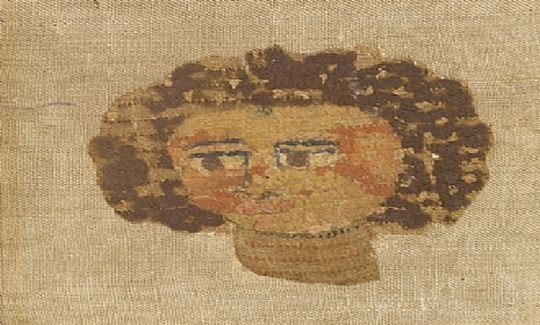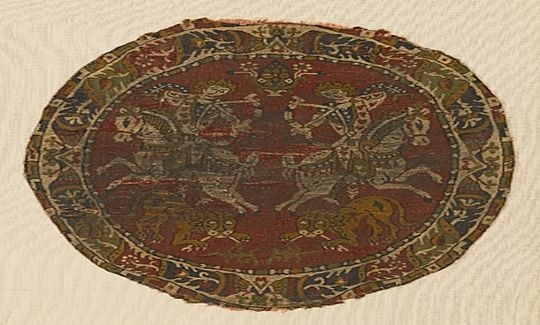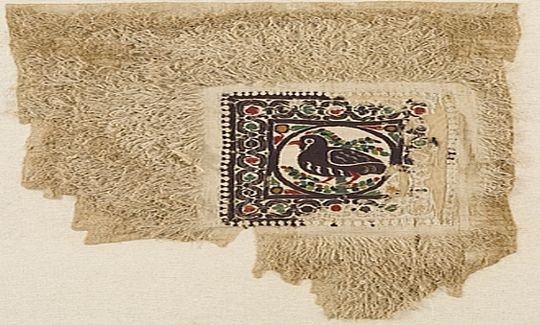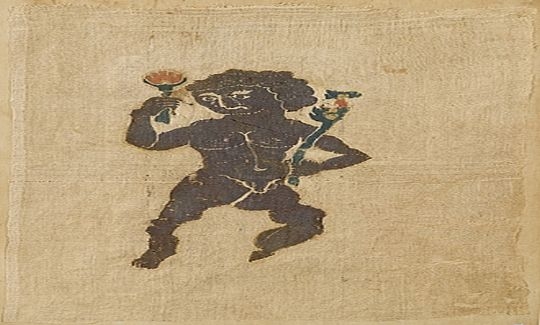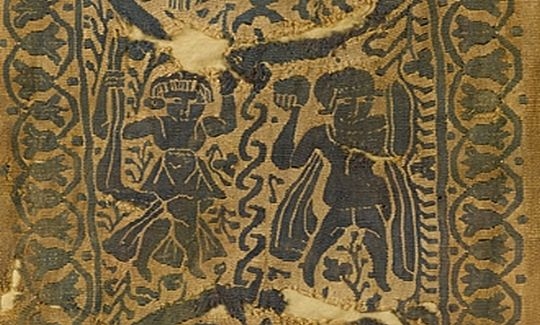Coptic Textiles from Egypt
In Ancient Times
Saturday, 25.12.10
Sunday, 15.05.11
:
Avshalom Zemer
More info:
046030800"Coptic Textiles" is the term generally used for a class of decorated textiles from the 4th - 13th centuries CE, discovered in Egypt in a good state of preservation due to the hot, dry climate of that country. The Copts - an Arabic corruption of the Greek 'Aigyptos' - belonged to the Monophysite church, and were renowned as gifted artisans and weavers. They were persecuted by Moslems and Christians in turn, and after the Crusades that began in the 11th century, some of them emigrated to Europe. Their craftsmanship in weaving had considerable influence on the textile industry of Europe in the Middle Ages.
Because of the increasing demand for antique textiles, in the 18th century, the antique dealers cut out decorated areas of cloth to create items that could be sold individually, thereby increasing their revenues. Only a few textiles have been found in archaeological excavations, which is another reason why researchers have difficulty in dating them and hence base their assumptions mainly on artistic considerations.
It is still not proven that the textile industry throughout the period was a monopoly of the Copts. In fact, the abundance of classic motifs suggests that they were originally made for the elite Greek population of Egypt whose education and upbringing had been in the classic mode. A survey of the development of styles suggests that originally the textiles were embellished in a classic-naturalistic style which was superseded by more abstract designs and oriental patterns over time.
In Egypt, the weaver's art is a very ancient one, and gave employment to many craftsmen who organized themselves into guilds. During the Hellenistic and Roman eras, the Egyptian textile industry was administered by the government, and the exported linen garments were destined mainly for the Roman army. In the Islamic period, the expertise of the manufactories was renowned, and silk and linen weaves were even exported to India and elsewhere.
Most of the textiles were made of linen or wool. The linen thread underwent a bleaching process before being woven into white cloth, while the embellishments were usually applied with dyed woollen thread. At the beginning of the 4th century CE there were at least four types of loom in use for weaving textiles of various kinds.
Clothing consisted mainly of tunics - shifts with short or long sleeves. Other textiles were mainly decorative - carpets, curtains, shrouds, cushion covers, tablecloths and napkins - or for ceremonial use in synagogues, churches and mosques. Many of them were found in tombs, the deceased being clad in his/her finest garments, and the head resting on a cushion with a decorated cover. In many cases, the winding-cloths were made from 're-cycled' bedcovers and curtains.
The textiles are decorated with designs deriving from Graeco-Roman art, including mythological creatures, human figures, animals, vegetation, and geometric motifs. Christian saints, scenes from the Old and New Testaments, crosses and oriental symbols also appear, especially in the Parthian and Sassanian examples.
The selection of textiles in the exhibition presents a good overview of the development of styles from the 3rd to the 12th century CE. The display is based on the rich collection of textiles in the National Maritime Museum. The collection was originally the private collection of Dr. Alexander Roche, founder and first director of the Museum of Ancient Art in Haifa. As an amateur archaeologist, Dr. Roche visited sites in the Mediterranean Basin, in particular in Egypt, Italy, and Greece, and acquired findings from the antique dealers. Based on his collection, in 1948 Dr. Roche created Haifa's Museum of Ancient Art. In 1995, the collection was transferred to the National Maritime Museum and the two museums were amalgamated.

